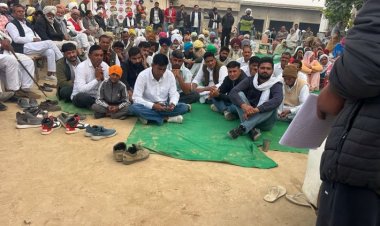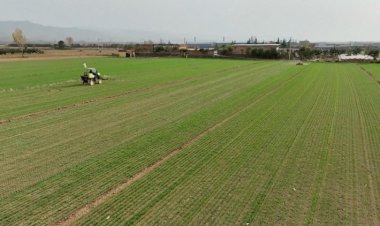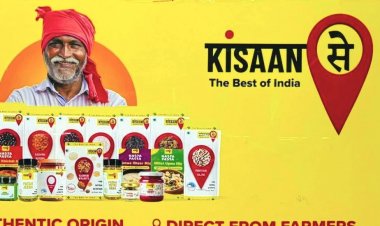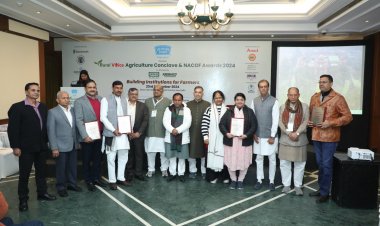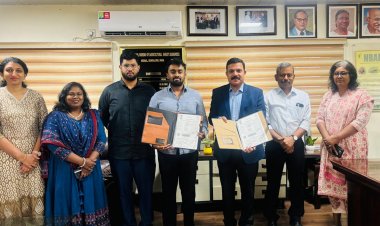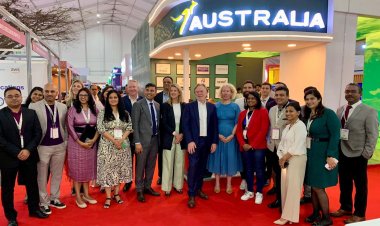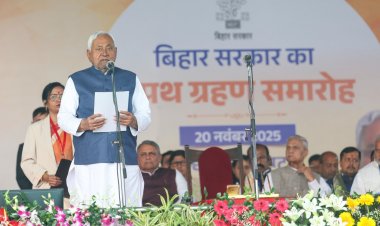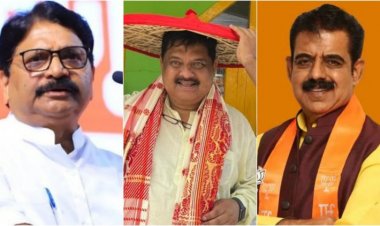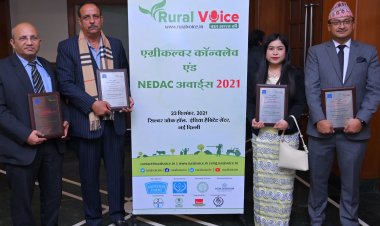Rice is cornerstone of India’s food security: Prez at 2nd Indian Rice Congress
Rice is the cornerstone of food security in India and also a key factor for our economy, said President Droupadi Murmu On Saturday at the 2nd Indian Rice Congress at ICAR-National Rice Research Institute, Cuttack
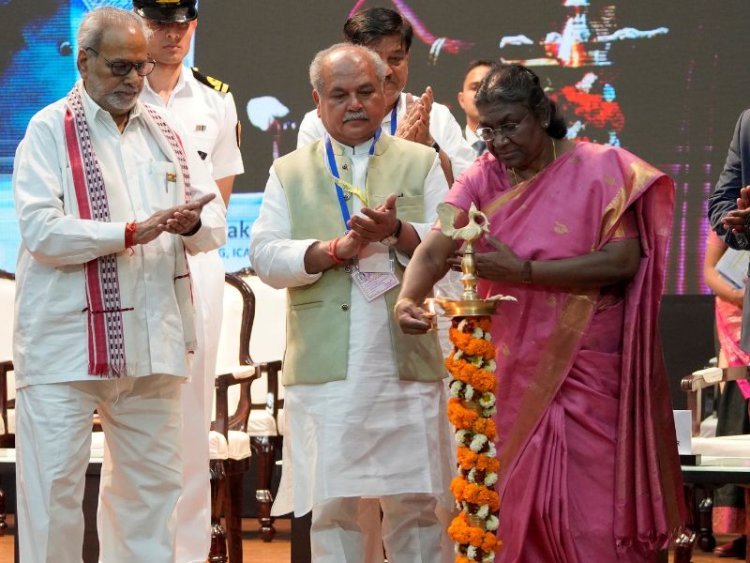
Rice is the cornerstone of food security in India and also a key factor for our economy, said President Droupadi Murmu On Saturday at the 2nd Indian Rice Congress at ICAR-National Rice Research Institute, Cuttack.
In her inaugural address, the President said that though India is the leading consumer and exporter of rice today, the situation was different when the nation became free.
“In those days, we were dependent on imports to meet our food requirements, and often the nation lived what was called a ship-to-mouth existence. If the nation could overcome that dependency and has become the largest exporter, a lot of credit goes to the National Rice Research Institute. The institute has contributed immensely to India’s food security and also in improving farmers’ lives,” she noted.
The President said that in the last century, as irrigation facilities expanded, rice came to be grown in new places and found new consumers. The paddy crop requires high amounts of water but many parts of the world are facing severe water shortages due to climate change. Droughts, floods and cyclones are now more frequent, making rice cultivation more vulnerable.
She said that even as rice has broken new ground, there are places where traditional varieties are facing challenges. Thus, the task before us today is to find the middle path: preserving and conserving traditional varieties on one hand, and maintaining ecological balance on the other.
Another challenge is to save the soil from excessive use of chemical fertilizers, which are considered necessary for modern rice cultivation. We need to reduce our dependence on such fertilizers in order to keep our soil healthy. She expressed confidence that scientists are at work to devise eco-friendly rice production systems.
The President said that as rice forms the bedrock of our food security, we must consider its nutritional aspects too. Large sections of low-income groups depend on rice, which is often the only source of daily nutrition for them. Therefore, delivering protein, vitamins and essential micronutrients through rice can help combat malnutrition.
She was happy to note that ICAR-NRRI has developed India’s first high protein rice, called CR Dhan 310 and NRRI has also released a high-zinc rice variety, called CR Dhan 315.
She said that development of such bio-fortified varieties is an ideal example of science in the service of society. More and more of such efforts would be needed to support the increasing population amid a changing climate. She expressed confidence that India’s scientific community would rise to the challenge.
Speaking on the occasion, Union Minister Narendra Singh Tomar said that India is an agricultural country, so the government tries to give priority to agriculture. Agriculture sector has made a lot of progress as the hard work of our farmers is supplemented by the scientific research. We are not only self-sufficient in terms of food grains, but also among one of the countries which help the world, which is a matter of pride for us. It is the resolve of the Prime Minister Narendra Modi that no child or person in the country remains malnourished. To solve the problem of malnutrition, biofortified rice varieties should be produced to increase nutritional value; taking steps in this direction, the institute has developed varieties namely CR 310, 311 and 315. This institute has developed 160 varieties of rice. Tomar said that while starting a pilot project, provision has been made in the budget for biofortified rice to be supplied in the PDS. He said that the rice production in the country was only 89 million tonnes in 2010, which has increased by 46 percent to 130MT in 2022, with the efforts of farmers and scientists. India is the second largest producer of rice and we are at Number One in exports.



 Join the RuralVoice whatsapp group
Join the RuralVoice whatsapp group


















